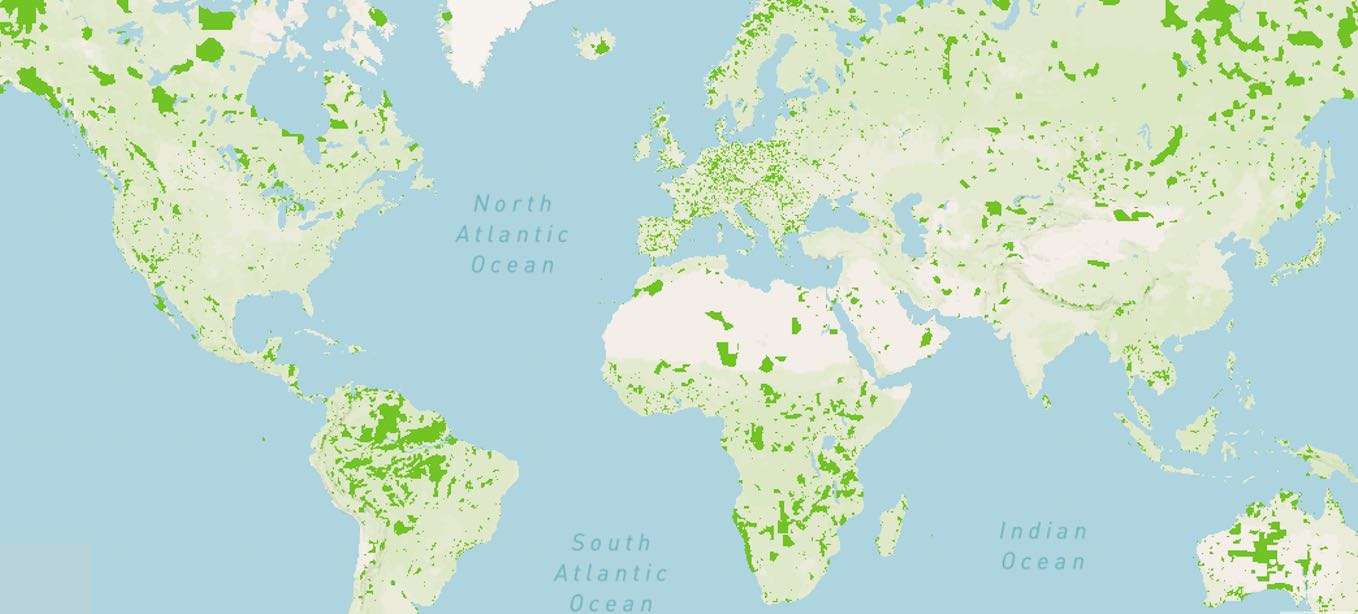Inspiring College Principal Converts 8 Acres of Treeless Land into Mini Forest and Orchard on India Campus
College principal Sasikanta Dash turned 8 acres of wasteland on campus into an amazing forest at Tagore Government Arts and Science College.

Since 2010, over 8.1 million square miles have been added to the world's network of national parks and conservation areas, an area greater than the land mass of Russia.
That means about 17% of land and inland water habitats and 8% of marine areas-especially those with particular importance for biodiversity-are now within formal protected areas being conserved and managed, with the total coverage (21m km2) increasing by 42% in the last decade.
A lot has changed since the Aichi 11 targets were set at the 10th Biodiversity Conference in Japan in 2010. Protected and conserved areas have proliferated, with new protected areas being added every month as national governments and other stakeholders expand their efforts-like Australia's recent announcement to pledge $100 Million to protect the ocean.
The greatest growth in protected areas over the 10-year period has been in marine and coastal areas, where 68% of the current network's area is less than ten years old.
"The international community has made major progress towards the global target," says the new report from the UN Environment Programme World Conservation Monitoring Centre (UNEP-WCMC) and the International Union for Conservation of Nature (IUCN), produced with support from the National Geographic Society.
"The latest edition of the biennial Protected Planet Report is the final report card on Aichi Target 11," says the executive summary. "It is clear that coverage on land will considerably exceed the 17% target when data for all areas are made available, as many protected and conserved areas remain unreported."
The next global biodiversity framework is due to be agreed at the UN Biodiversity Conference in Kunming, China, in October and is anticipated to include the ambition to scale up coverage and effectiveness of protected and conserved areas.
The Protected Planet Report concludes that the challenge will be to improve the quality of both existing and new areas, including making them better connected to each other, to allow species to move and ecological processes to function.
The report also finds that more needs to be done to manage protected and conserved areas equitably, so that the costs of conservation are not borne by local people while its benefits, including the mitigation of climate change, are enjoyed by others. This is key to building conservation networks that have the support and participation of people everywhere.
"IUCN welcomes the enormous progress made, particularly over the last decade, with protected areas covering a growing proportion of the globe," says IUCN Director General Dr Bruno Oberle.
SPREAD the Love of Nature and Good News on Social Media… (Featured image: MapBox OpenStreetMap)
Be the first to comment